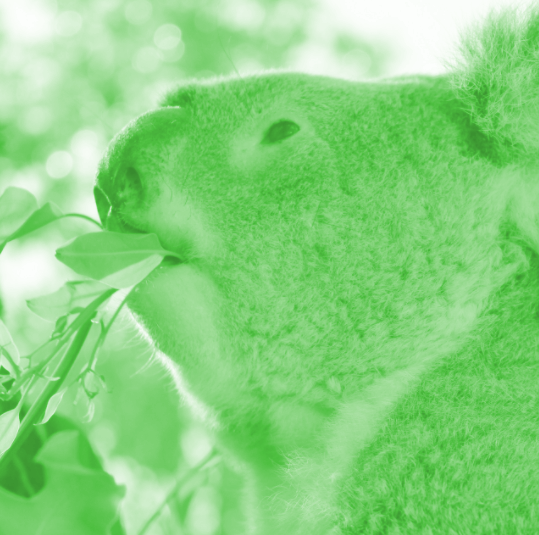Koala spread could save species
 Researchers are making a major push to save Australia's koalas.
Researchers are making a major push to save Australia's koalas.
Koalas - designated an endangered species in NSW, ACT and Queensland – are abundant in some parts of South Australia and Victoria.
Flinders University researchers are now assessing whether their success in southern Australia can help save the species.
Once widespread across the south coast of SA and Western Australia, koalas have retreated thousands of years ago to the eastern forests of Australia, from north Queensland in a thick band down the coast of NSW, across most of Victoria, with just a small population in the south-eastern corner of SA, says koala expert Associate Professor Danielle Clode.
More recently, they have made a remarkable comeback to Kangaroo Island and the Mt Lofty Ranges in SA, as well as safe ‘refuge’ areas of Victoria.
“They are so abundant that in recent years they have moved into the suburbs (of Adelaide), travelling along linear parks from the foothill forests into residential gardens and city parklands,” says Associate Professor Clode.
“It’s a far cry from some populations in inland Queensland, where barely a single koala per 100 hectares can be found.
“We really need to increase protection for old trees from development in the suburbs to protect our unique city koala populations, but more importantly, across the board, we need to increase and restore forest vegetation along creeklines and rivers to support biodiversity.
“These areas are breeding grounds and nurseries for many species, including mammals, so we need to set targets to stop land clearance and increase the extent of native vegetation from 10 per cent in the Mt Lofty Ranges to about 30 per cent if we are not to lose more species over the next few decades.
“What can we learn from the southern koalas’ success to help protect their northern cousins?” she asks.
“The Black Summer Bushfires of 2019-20 reduced the Kangaroo Island population by 80 per cent, or more than 40,000 koalas, after an estimated 5000 or more were killed across NSW where a quarter of their habitat was destroyed.
“With climate change as well as regular deaths by dog attacks and cars, we need to take a more serious look at their long-term survival.”
Land clearance, hunting and devastating bushfires in the 1930s and ‘40s almost wiped koalas out entirely in south-eastern Australia, except for small remnant populations in the Otways and Strzelecki Ranges, and a handful of koalas transported to islands in Western Port, south of Melbourne, in a last ditch effort by locals to save the species.
A/Prof Clode warns these refuge populations on Kangaroo Island and other areas of southern Australia are still at grave risk, not least from further bushfire devastation, deforestation and climate change.








 Print
Print